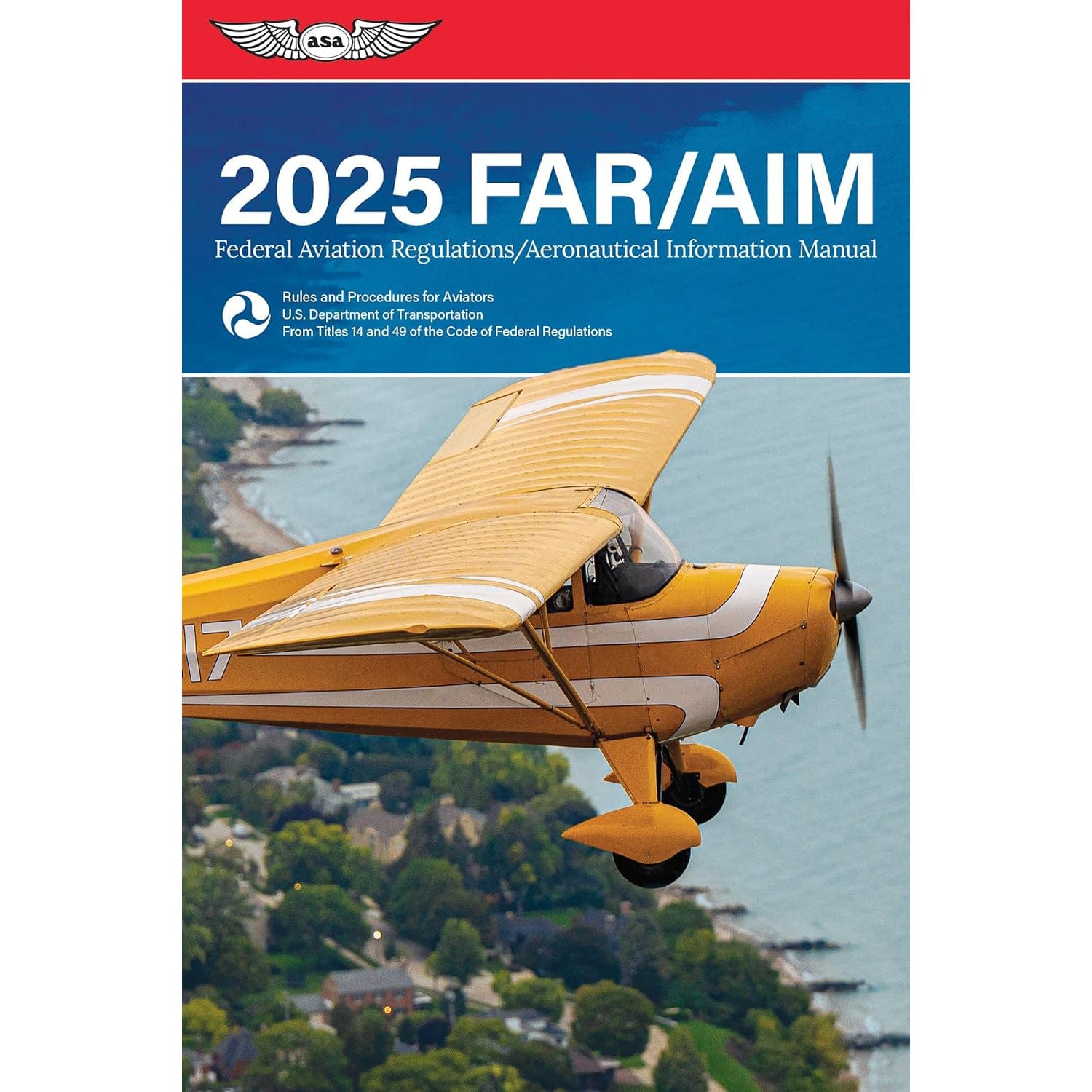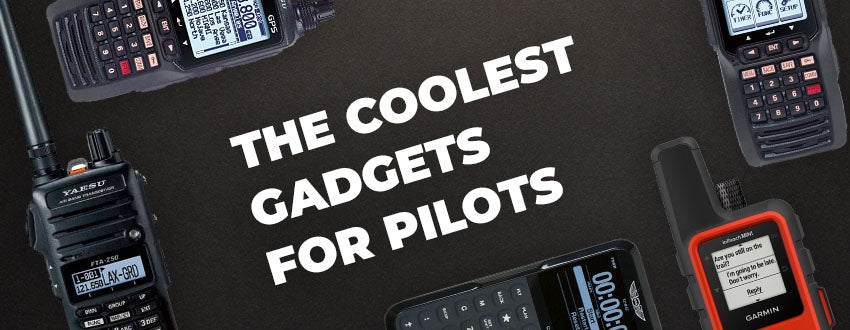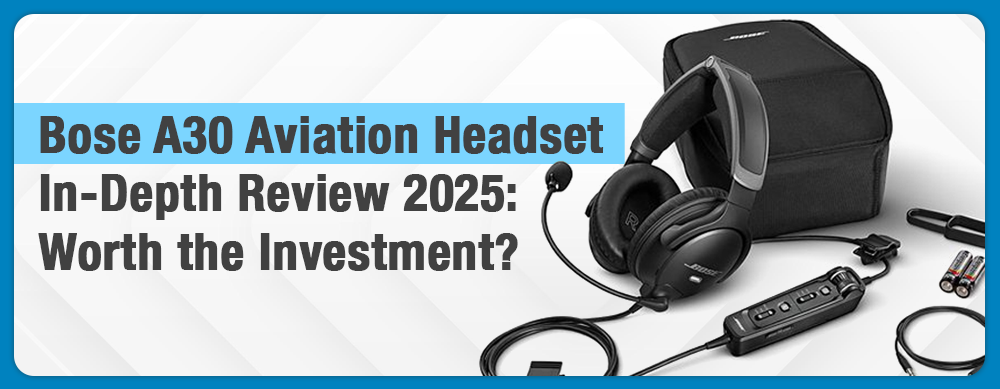Pero ahí es donde entran en juego los sistemas de protección contra el hielo TKS. Estos sistemas existen desde la Segunda Guerra Mundial y fueron diseñados para evitar la acumulación de hielo en el avión.
Las botas antihielo son excelentes, pero solo funcionan cuando ya se ha formado hielo. Los sistemas TKS utilizan un método basado en fluidos para evitar que el hielo se adhiera a superficies como las alas, la cola e incluso el parabrisas.
Continúe leyendo para obtener más información sobre este increíble sistema y preparar su aeronave para el invierno.
RESUMEN
-
TKS evita la formación de hielo en los aviones utilizando líquido de glicol.
-
El fluido fluye a través de pequeños orificios en los bordes delanteros.
-
Ofrece tanto protección antihielo como antihielo.
-
Es ideal para aeronaves pequeñas debido al bajo consumo de energía.

¿Qué es TKS en aviación y cómo funciona?
Si está buscando sistemas antihielo para su aeronave, probablemente haya oído hablar de TKS, una marca conocida. La empresa que diseña estos sistemas, TKS Ltd, cambió su nombre para convertirse en CAV Systems y ha estado en funcionamiento desde la década de 1940.
El sistema TKS, abreviatura de Tecalemit-Kilfrost-Sheepbridge Stokes , utiliza un fluido a base de etilenglicol para evitar la formación de hielo en su aeronave.
Este fluido tiene un punto de congelación inferior a -70 °F y se bombea a través de miles de agujeros microscópicos en paneles de titanio montados en los bordes delanteros de las alas y las superficies de la cola.
A medida que el aire fluye sobre las superficies de la aeronave, transporta el fluido hacia atrás, cubriendo el exterior del avión y evitando que se acumule hielo.
Esto evita que se forme hielo, pero el sistema también puede eliminar el hielo acumulado, lo que significa que puede eliminar cualquier hielo que se forme a pesar del líquido protector.
Una gran ventaja del TKS es que no solo evita que se forme hielo en las alas, sino que también puede recubrir la hélice con líquido mediante anillos deflectores y proteger el parabrisas rociando el líquido directamente sobre él.
Dependiendo de qué tan pesada sea la formación de hielo, un sistema TKS puede mantener un avión a salvo de la formación de hielo durante hasta tres horas antes de que el líquido se agote y sea necesario rellenarlo.
Protección contra el hielo TKS frente a otros métodos antihielo
Entonces, ¿por qué utilizar TKS en lugar de otros sistemas?
Las botas antihielo tradicionales funcionan inflando y rompiendo el hielo una vez que se forma. Esto es útil, pero tiene sus inconvenientes, como cuando el tiempo no es el adecuado y el hielo se acumula en áreas de difícil acceso.
Los sistemas electrotérmicos calientan las superficies de las alas para derretir el hielo, pero pueden requerir mucha energía, lo que los hace menos ideales para aviones más pequeños.
El TKS cuenta con sistemas de protección antihielo que evitan la formación de hielo, lo que resulta ideal. El TKS ofrece capacidades antihielo y de deshielo. Además, es liviano y consume una energía mínima, lo que lo convierte en una excelente opción para la aviación general.

Componentes de un sistema de protección contra el hielo TKS
El sistema incluye un depósito para el fluido TKS, bombas que empujan el fluido a través del sistema y paneles de titanio porosos donde se dispersa el fluido.
Se activa desde la cabina y el flujo de fluido se controla en función de la cantidad de protección contra el hielo que se necesita en un momento dado.
Las aeronaves certificadas para volar en condiciones de formación de hielo conocidas (FIKI) generalmente tienen algún tipo de sistemas de respaldo, como bombas duales, para mayor seguridad.
La protección de la hélice está a cargo de anillos deflectores que rocían el fluido sobre la hélice. La protección del parabrisas está a cargo de una barra rociadora especial.
Todos estos elementos trabajan juntos para mantener el avión libre de hielo.

Operación del TKS en condiciones de formación de hielo
Cuando se activa el sistema TKS en vuelo, el líquido comienza a fluir a través de los paneles porosos, recubriendo los bordes delanteros de las alas, la cola y otras superficies.
El fluido se mezcla con cualquier agua superenfriada que encuentra, reduciendo el punto de congelación y evitando la formación de hielo.
Si ya ha comenzado a acumularse hielo, el líquido ayuda a romper el vínculo entre el hielo y el avión, lo que permite que el flujo de aire se lleve el hielo.
Dependiendo de la aeronave y de las condiciones de formación de hielo, los sistemas TKS pueden proporcionar de una a tres horas de protección antes de que el fluido se agote.
En la mayoría de los aviones de aviación general, es posible que solo sea necesario rellenar el sistema una o dos veces durante la temporada de invierno, lo que lo convierte en una muy buena opción.
Sistemas TKS para aeronaves pequeñas y de aviación general
Los sistemas TKS son una opción de modernización común para aviones de aviación general, especialmente aquellos que vuelan en áreas conocidas por tener mucha formación de hielo.
Estos sistemas solo pueden ser instalados por profesionales capacitados y con experiencia y solo están disponibles para aeronaves específicas. A día de hoy, el sistema TKS se instala en aeronaves monomotor de alto rendimiento. El TKS es especialmente útil para aviones más pequeños porque consume menos energía que otros métodos de deshielo, lo que lo hace ideal para aeronaves con capacidad eléctrica limitada.
Dado que cubre todo el avión, no solo los bordes de ataque como los sistemas de descongelación de maletero, el TKS es mejor para mantener un flujo de aire suave sobre las alas para ayudar al rendimiento en climas fríos.

Preguntas frecuentes
-
¿De qué está hecho el líquido TKS?
El líquido TKS suele ser una sustancia a base de glicol diseñada para reducir el punto de congelación y evitar la acumulación de hielo. -
¿Con qué frecuencia es necesario rellenar el líquido TKS?
Depende del uso, pero generalmente es necesario recargarlo después de vuelos en condiciones prolongadas de formación de hielo. -
¿Puede TKS soportar una formación de hielo intensa?
TKS es eficaz en condiciones de formación de hielo moderadas, pero el hielo severo puede saturar el sistema. -
¿TKS está disponible en todos los aviones?
TKS solo está disponible para aeronaves de aviación general específicas y es posible que no esté disponible en aeronaves comerciales más grandes.
Llevar
Los sistemas de protección contra hielo TKS son una solución de bajo mantenimiento para mantener su aeronave libre de hielo durante las estaciones más frías.
Lo mejor del TKS es que ofrece capacidades antihielo y de deshielo. Con bajos requisitos de potencia y una amplia cobertura en todo el fuselaje, es una opción ideal para muchos pilotos de aviación general que vuelan en climas fríos.
¡Vuelen con seguridad allí arriba, compañeros pilotos!
¿Interesado en prepararse para el clima invernal?
¡Nuestras guías están diseñadas para ayudar!
-
Descongelación de aviones: por qué es un paso crucial antes de despegar
-
Botas antihielo neumáticas (características y ventajas principales)
-
Las 8 mejores (y auténticas) chaquetas bomber para hombre en 2024
¿Le resultó útil este artículo?
¿Crees que nos hemos olvidado de alguna pregunta importante de la entrevista? ¡Cuéntanoslo en los comentarios a continuación!







